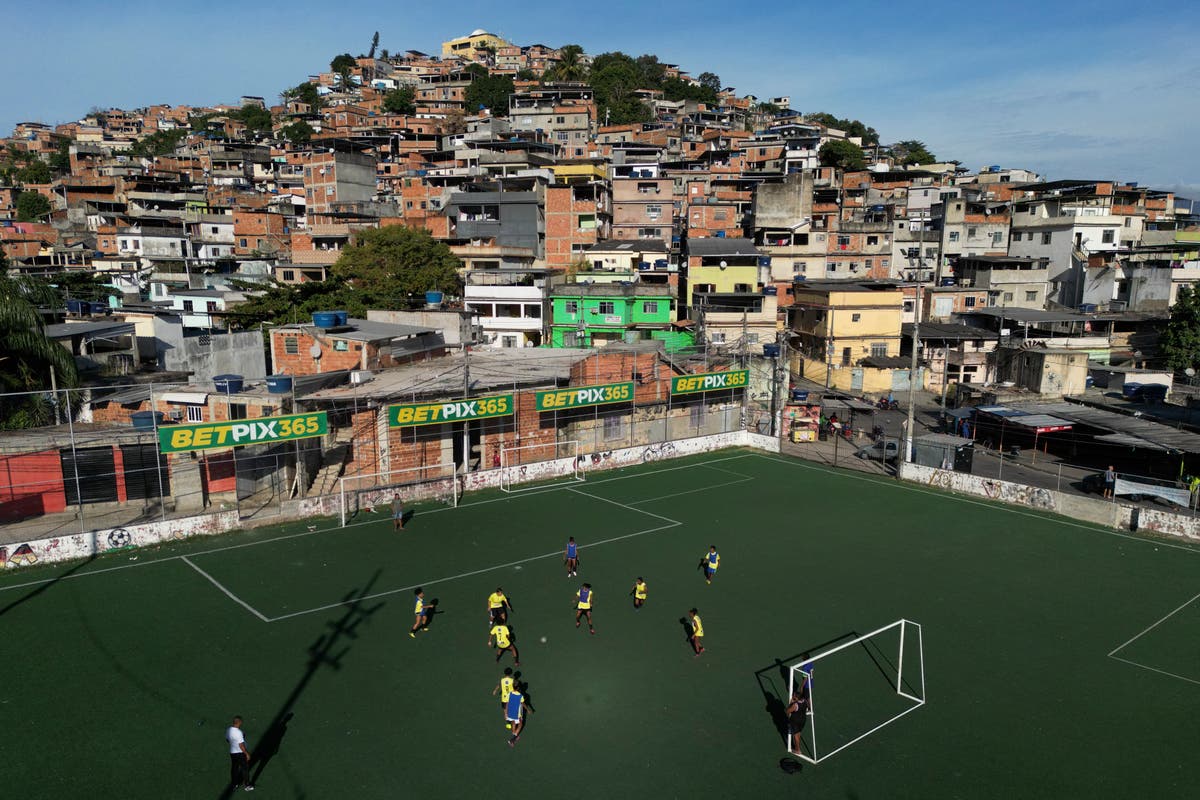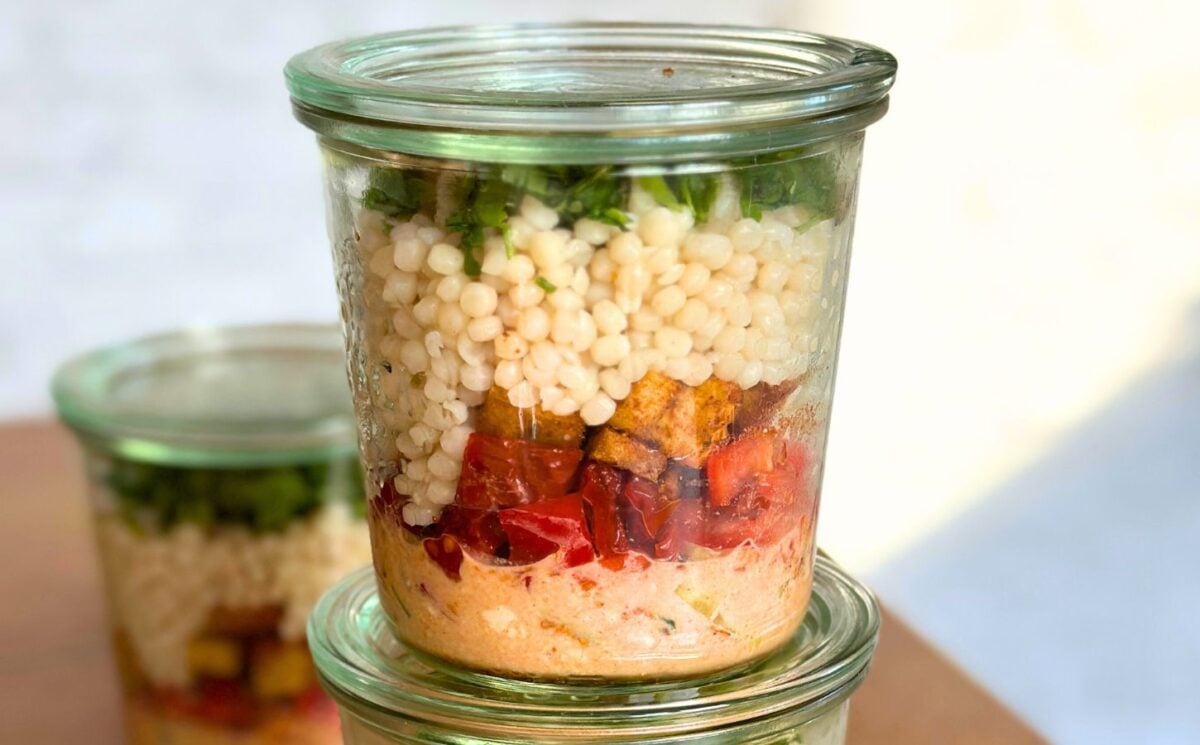
The intent of specific methods of cocktail prep is to create the proper balance of ice manipulation and dilution for the ingredients on hand. Shaking a drink agitates the ice and breaks it up to help creamier ingredients blend, while stirring it delicately melts the ice among smooth, clear drink components. Shaken and stirred are the two most common cocktail preparations, but there is a third, showier method found in some bars.
Throwing a cocktail refers to the act of theatrically pouring the combined ingredients a long distance from one shaker or vessel to another before serving. Throwing creates a middle ground between shaken and stirred, utilizing the ice just enough to marry complex ingredients while keeping the resulting drink spirit-forward. Practitioners of throwing cocktails are known as flair bartenders, as they incorporate an exaggerated means of using the barware while preparing the drink, sometimes inventing their own signature flair methods.
This includes flipping or juggling bottles and shakers, or even setting beverages alight, like Tom Cruise in the movie Cocktail. The first documented thrown cocktail is an article written about San Francisco's El Dorado Hotel, written all the way back in 1869. While the trend originally peaked in the 1990s, flairtenders such as are bringing the practice to modern audiences via TikTok.
Throwing is an incredible visual presentation for your cocktails, so request your martini be thrown during your next night out at a bar and see if the staff can put on a show. When to shake, stir, or throw a cocktail Break out the cocktail shaker when making a drink with a cloudy-looking component like cream, fruit juice, or simple syrup. By shaking these ingredients, the ice breaks easily and creates large air bubbles in a process known as aeration.
Aeration causes the typically challenging ingredients to blend more harmoniously. The broken ice disperses throughout the beverage to chill it quicker. Common shaken cocktails include the margarita and the daiquiri.
For a next-level tiki experience, try shaking up a in your home bar. Reach for the mixing glass if preparing a cocktail with all clear ingredients. These drinks do not require as much handling to ensure that the flavors properly mix together.
Stirring the cocktail does not cause the ice to heavily aerate. Instead, it gently swirls with the other components, diluting the final drink to engineer a smoother finish. Famous stirred cocktails include the Manhattan and the Negroni (for a twist on that drink, follow ).
Throwing a cocktail aerates the mixed drink gentler than shaking it would. The resulting beverage is smoother than a shaken one, but still benefits from the introduction of air bubbles. The angle of each vessel used, the distance between vessels, and how quickly the beverage moves from cup to cup can all affect aeration.
The throwing method is recommended for cocktails that involve wine or sherry, as it helps more aromatic ingredients stand up to the base spirit. You could ask for the currently-in-vogue to be thrown, if you don't want to deal with its sparkling wine as a sidecar. Recommended.














